Now Is The Time To Garden For Birds
By Kathy Kramer
Birding from home has become more important than ever in our current sheltered situation. Many of us are learning that it is possible to bird from our windows, yards and sidewalks. There are easy ways to make your home (and surrounding areas) hospitable for birdlife, even while sheltering-at-home. When we learn to include in our gardens the plants that provide food, shelter, and nesting areas for birds, we can watch native wildlife thrive.
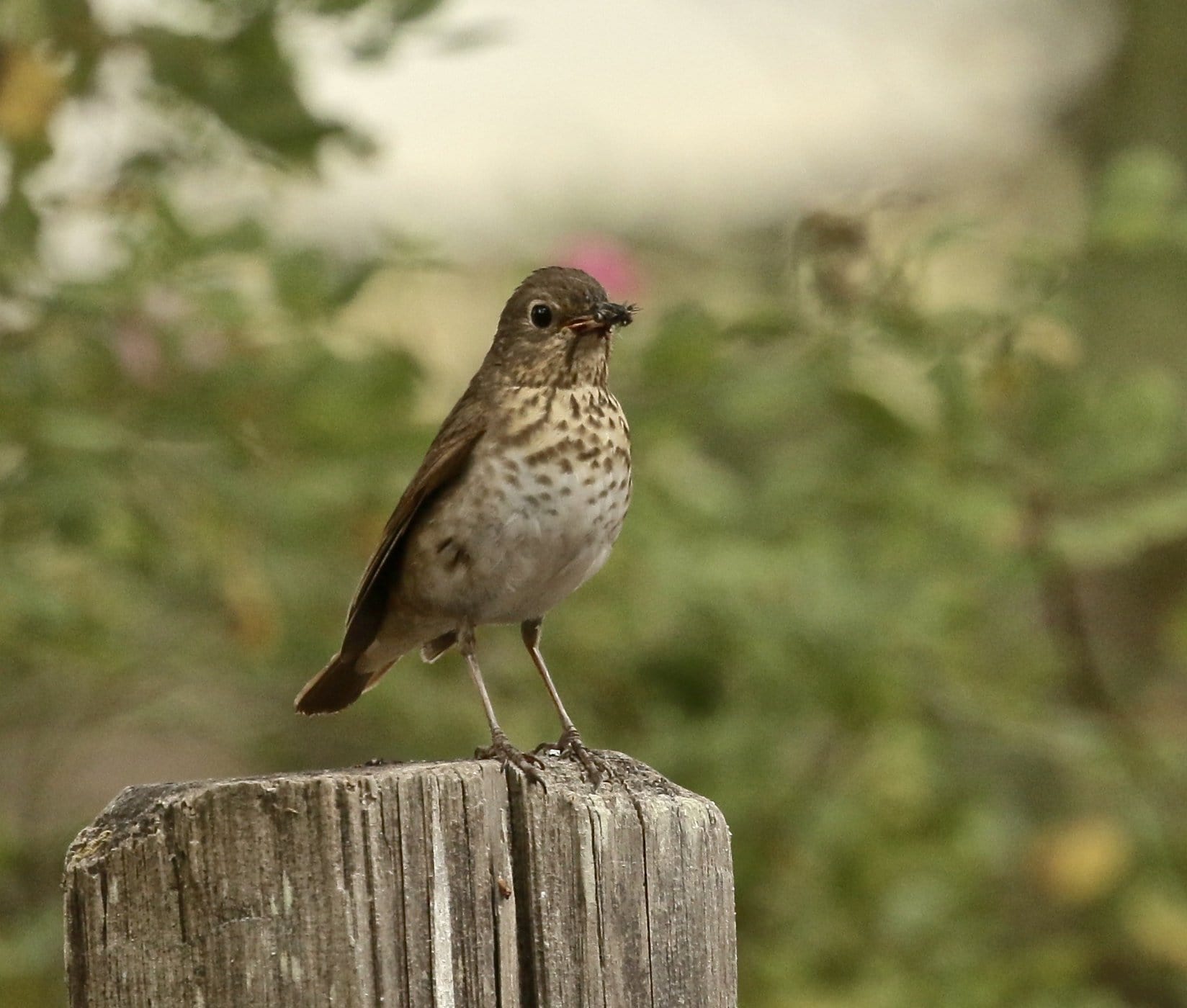
Gardening for birds is crucial to helping the birds we love. You have likely heard that bird populations have plummeted over the last five decades, with a decline of nearly three billion birds across North America in that time period. The causes of this decline are many but include habitat loss, non-native ornamental plants, outdoor cats, roadside mortality, climate change, and building lights (which disrupt bird migrations and reduce birds’ food supply when moths exhaust themselves on outdoor lights). The current shelter-at-home orders have allowed some local wildlife to flourish again, but there’s so much more we can do to continue to encourage native populations to grow. This is especially true for birds.
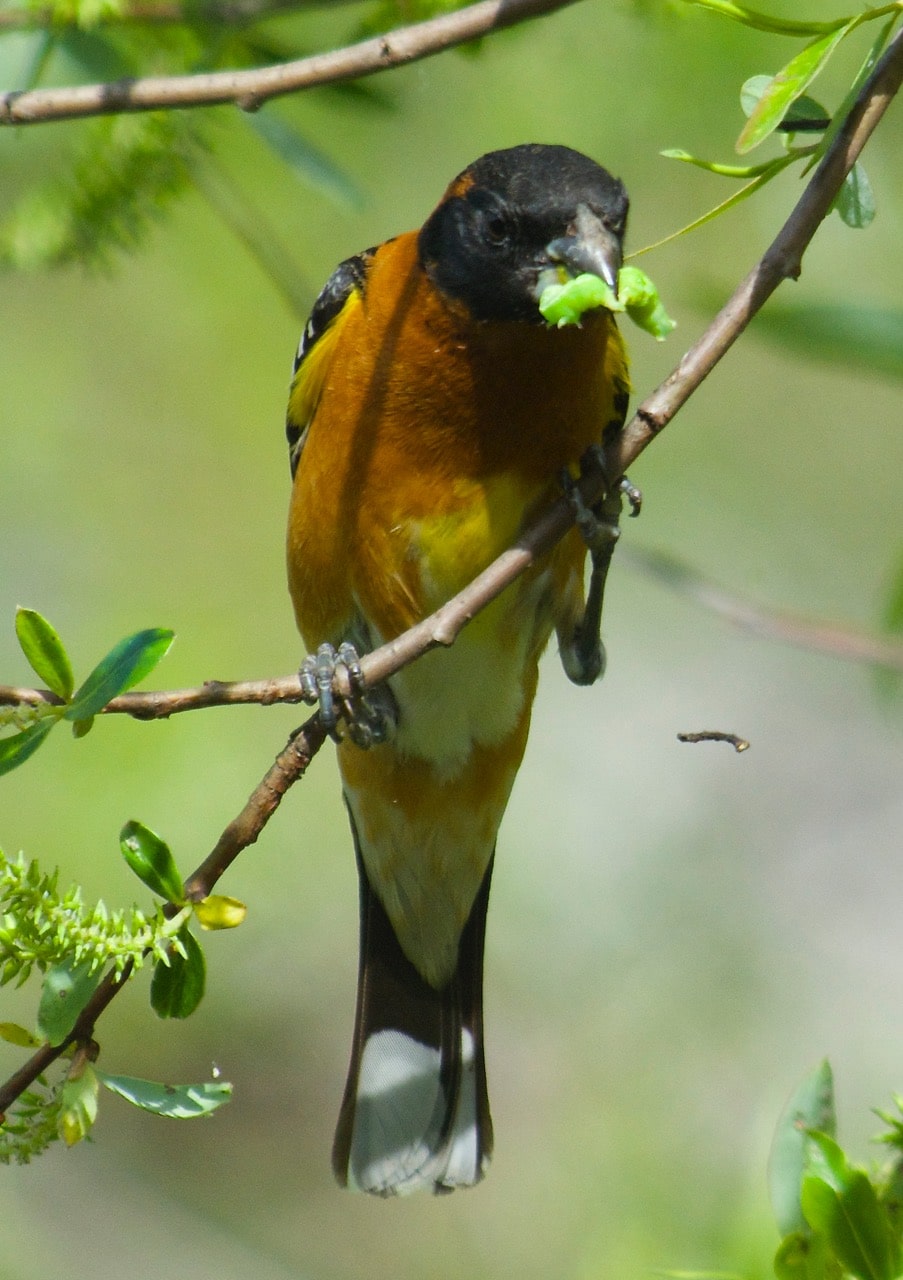
The link between bird health and native plants is also becoming clearer. On the subject, wildlife ecologist Douglas Tallamy writes, “We must abandon the notion that humans and nature cannot live together… In order to have functioning ecosystems, we need to redesign residential landscapes to support diverse populations. Native plants support much more life than other [types of plants]. Choosing the best plants for your area is the key to [nature’s] success.”
The backstory behind the native versus ornamental non-native plants issue is fairly simple: while in the nest, and even after they leave it, almost all baby birds feed primarily on caterpillars. Baby birds do not live on seeds, or berries, or sugar water. Caterpillars are not optional in a baby bird diet. Simply put, if we don’t have caterpillars, we won’t have baby birds.
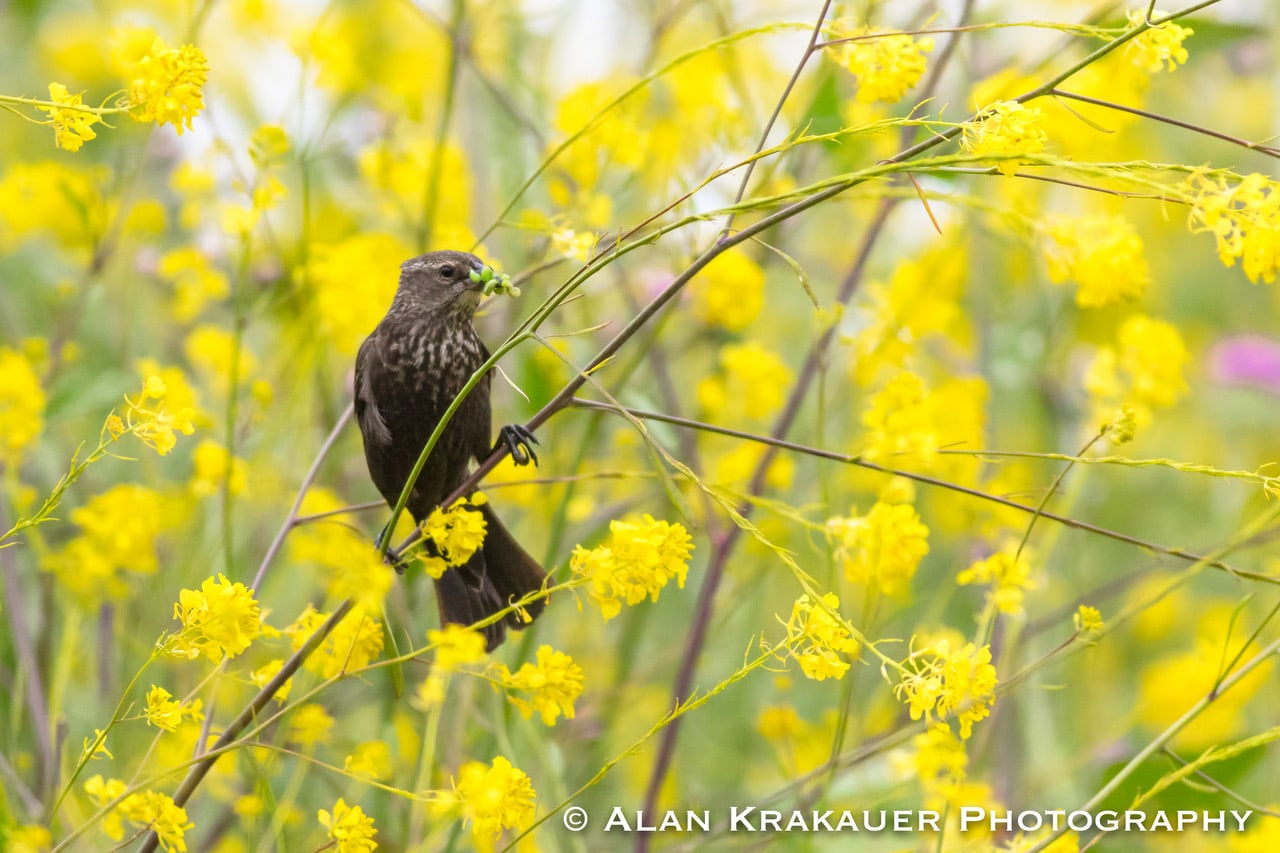
Here’s an example: it takes 6,000 to 9,000 caterpillars, collected by both busy Chickadee parents over the course of sixteen days, to raise a clutch of Chickadee babies. And Chickadees are tiny birds; just a third of an ounce. How many caterpillars does it take to raise a Woodpecker, a bird about eight times heavier? Caterpillars come from the eggs of butterflies and moths, creatures who have specialized laying their eggs on just one or two types of host plants. We can see how if we lack native host plants in our area, there likely will not be any caterpillars, and thus, baby birds cannot thrive.
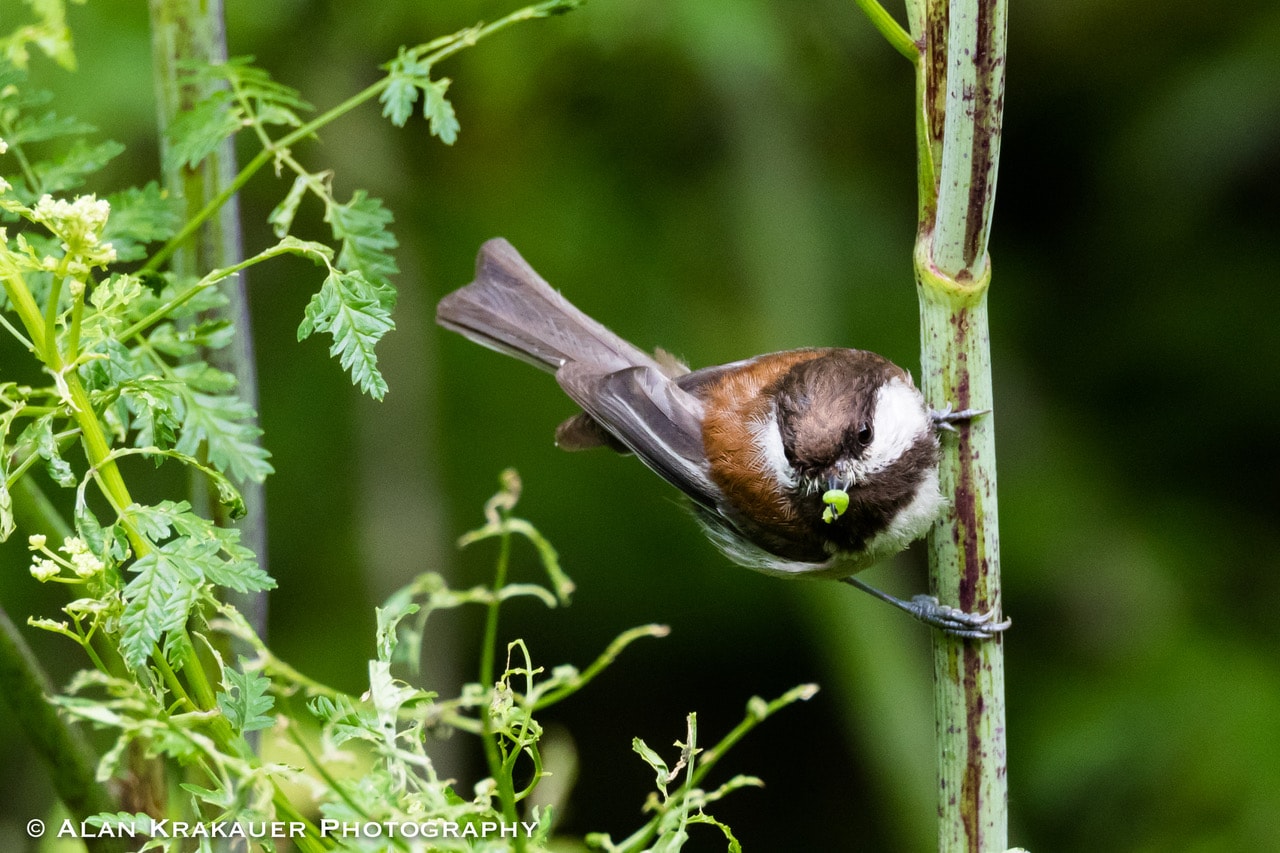
Native plants—and lots of them—are a major necessity required to restore bird populations. To give some examples, here is a comparison of how many species of caterpillars are attracted to native and non-native plants.
The good news is that we can reverse these depressing trends by changing the way we manage our own gardens and homes! One of the (few) positive things about being at home around the clock is that we can implement some of these changes right now.
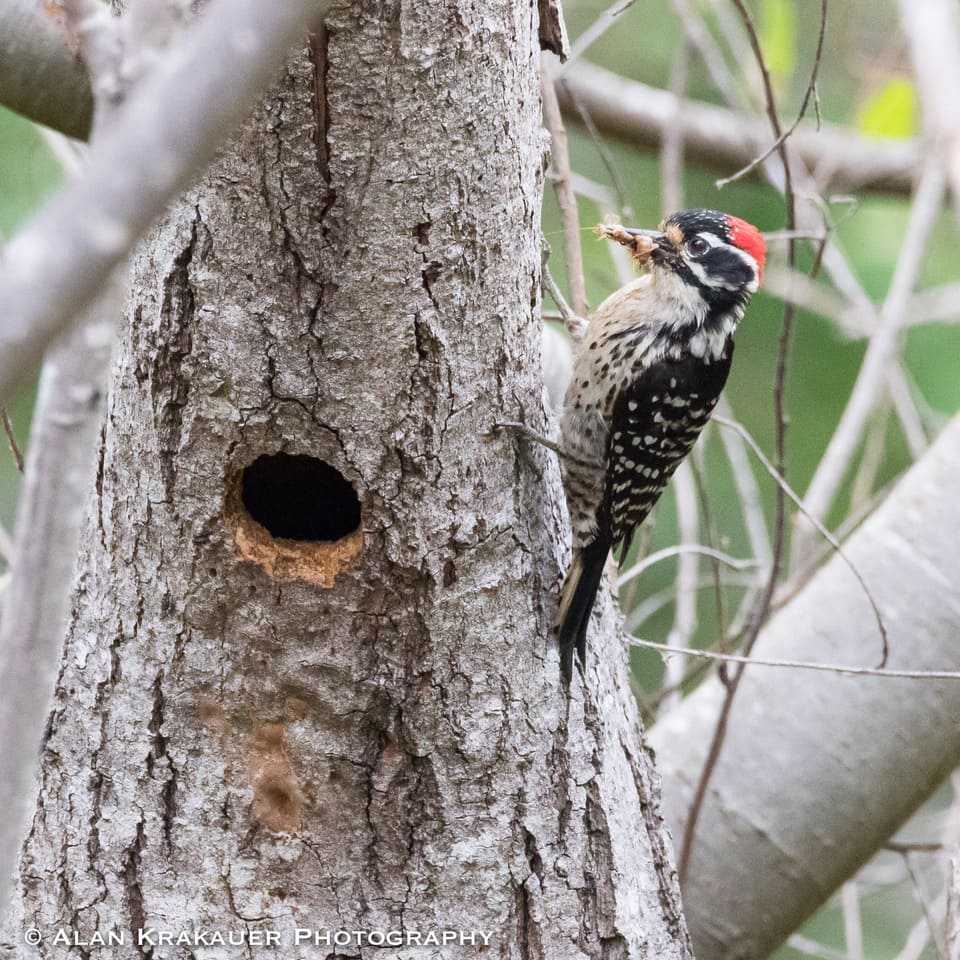
Here are some things you can do to help create a healthier ecosystem.
1) Remove at least half of your lawn and non-native ornamentals and replace them with California native plants: 70% native plants or more is better. A higher percentage of natives is a requirement for some birds before they will nest in a garden; otherwise they have to fly too far to find enough caterpillars for their chicks.
2) Remove weeds and invasive species from your property or surrounding areas (and get a great workout in the process!)
3) Preserve leaf litter under trees, as this is where many caterpillars spend time as pupa.
4) Incorporate native “keystone species plants” into your garden. These are species with the greatest habitat value to wildlife. Examples of these are oaks, willow, California lilac, lupine, sages, manzanita, native strawberry, goldenrod, and many more. You can find a list of natives that have the highest value to wildlife in the center of the Bringing Back the Natives Garden Tour’s home page.
5) Eliminate insecticide use.
6) Put motion sensors on your outdoor lights to protect birds and moths. (Moths exhaust themselves around outdoor lights.)
7) Keep your cats indoors, or confined within a catio.
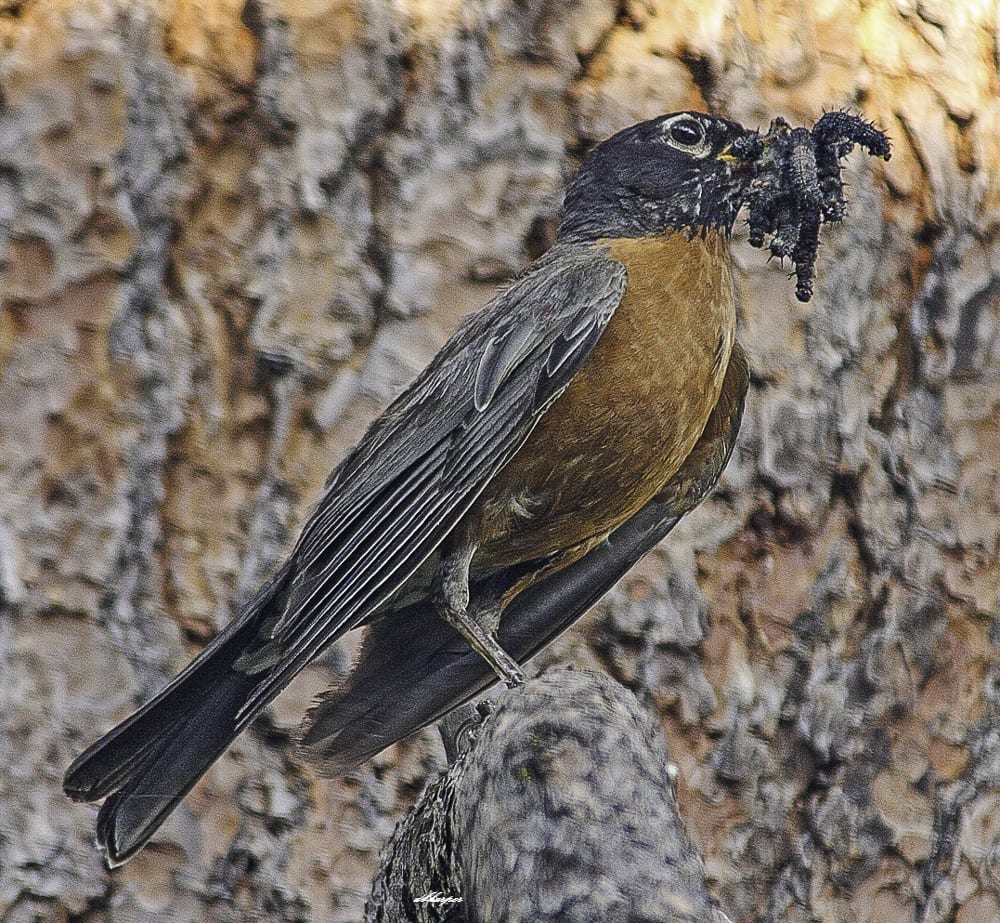
Here in the Bay Area, we have an outstanding resource for people who want to create bird-friendly gardens—the annual Bringing Back the Natives Garden Tour. Due to circumstances we have all heard enough of, this year’s (free!) three day event will take place online beginning Sunday, April 26th. If you’d like to register and learn more, please click here. Speaker and author Douglas Tallamy will be hosting.
Don’t forget: your garden can became an oasis for birds and wildlife. We already have the tools and ability to change our landscape for the betterment of the environment. Together, we can help bring back the natives.
Kathy Kramer has been developing programs that educate Bay Area residents on local environmental issues for over thirty years. The programs developed under Ms. Kramer’s leadership have received local, state, and national awards. Ms. Kramer currently runs the “Bringing Back the Natives Garden Tour,” a Bay Area based environmental conservation program.
Have a shelter in place birding story you’d like to share? Email Melissa your 800-1200 word essays at mramos@goldengatebirdalliance.org. Wishing you joy and peace through birding.
